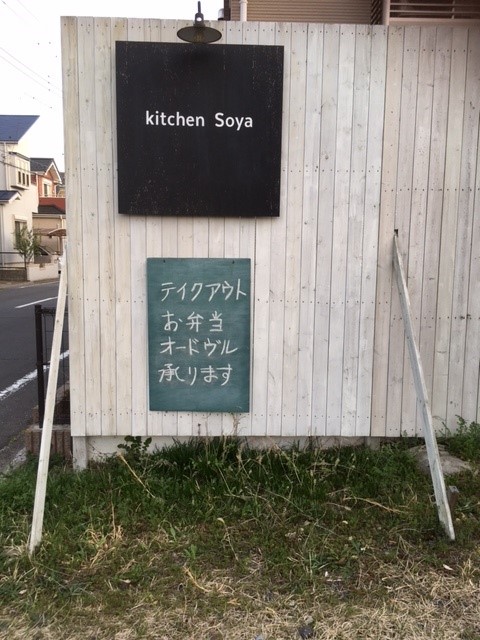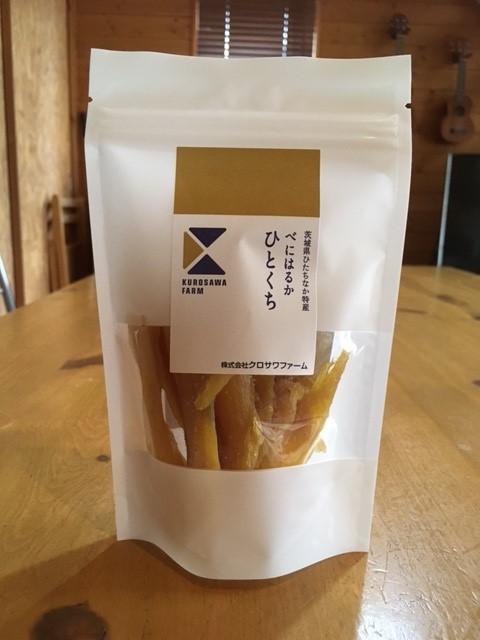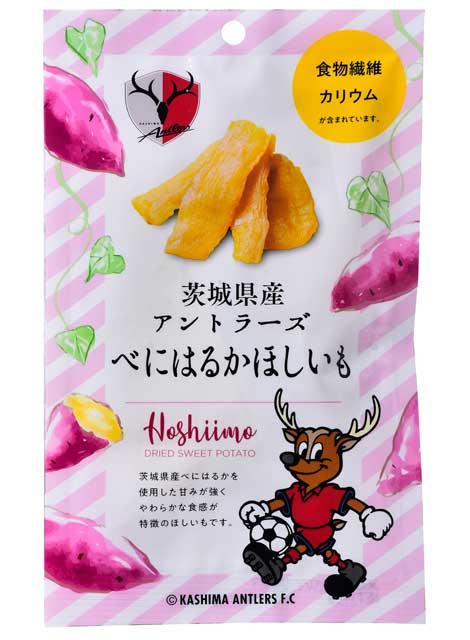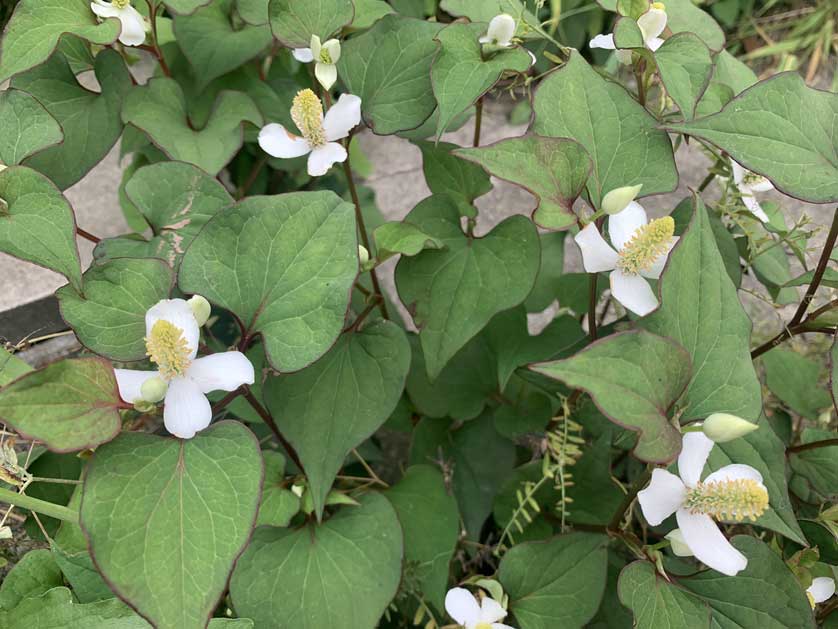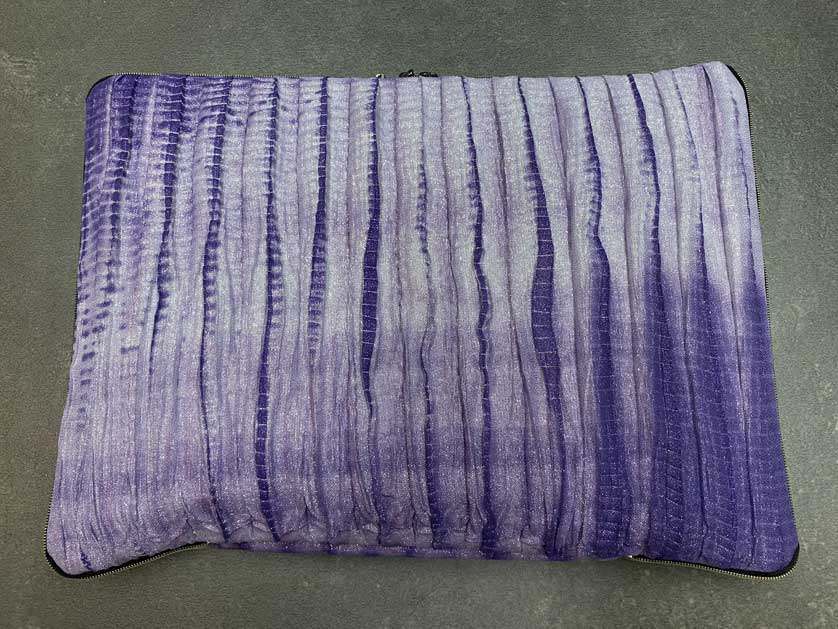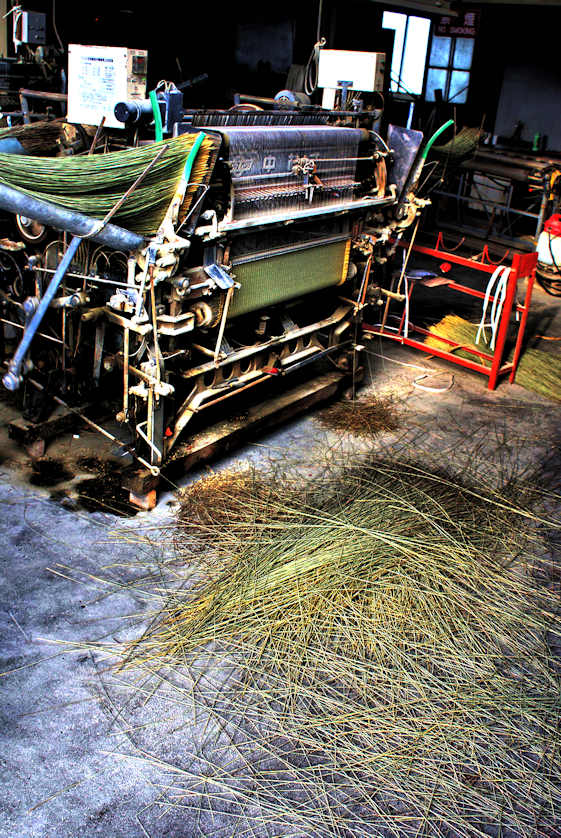Masu Wooden Sake Cups 升
 |
| Japanese sake served in a masu |
by Johannes Schonherr
Ordering a cup of cold nihonshu (sake) in any traditional Japanese izakaya pub, you will usually be served 1go of sake (180 ml) either poured into a wooden masu box or, more likely, an overflowing glass of sake placed inside a masu box, adding up to about the same amount.
In either case, it is a very particular and very Japanese experience.
Drinking sake from the wooden masu box is generally called 升酒 (masuzake), involving a glass more specifically called もっきり (mokkiri) style.
All this applies however only to cold sake - hot sake is never served this way.
Drinking Rules
This being Japan, there are of course various traditional rules going with the drinking style.
According to the expert chibasake website, when drinking directly from the masu, you are supposed to use only one hand holding the box. The four fingers other than the thumb go to the bottom of the box, supporting your movements. Place the thumb on the rim of the box for balance.
It may be easy to drink from a corner of the box but this is considered bad manners and thus an absolute no-no. Sip from a flat side of the masu - without making any noises doing so.
When it comes to sipping the last drops in the masu, though, skip the rule. Drink them from the corner or don't drink them at all. Trying to drink them from the side will get sake spilled on your shirt.
When drinking mokkiri style, with a glass placed into the masu, the glass will be filled to the point of overflowing. So, lift the glass a bit, tilt it and pour the excess sake into the masu. This way, you can drink from the glass without spilling any sake.
It is also perfectly acceptable to bring your mouth to the glass in the masu resting on the table and take a sip or two without touching the glass until you feel it will be safe to lift the glass without spilling.
Once you have finished the glass, feel free to pour the sake left in the masu into the glass or drink it directly from the masu the way described above.
You can watch here an English subtitled video detailing mokkiri serving and drinking ways, going a bit into the history of the style and including some interesting thoughts. Like, when a couple enjoys a sake together, the man should drink from the masu and the woman should drink from the glass - lipstick traces are hard to remove from a masu box.
If you use the masu to drink sake at home, you might want to put a pinch of salt onto a corner of the box and try licking it while drinking. This is said to greatly enhance the taste of the sake. You may also use your finger for licking the salt.
 |
| Sake served mokkiri style |
History of Masu
Masu are square, open wooden boxes that were traditionally used to measure amounts of rice. Standardized nationwide by the Tokugawa shogunate in 1669, the smallest masu were to measure 1go of rice (ca. 180 ml).
Larger masu always measured in multiplications of go: 1sho = 10go (1.8 liters), 1to = 100go (18 liters), and so on. 1koku of rice (1000go = 180 liters) were considered to be the amount needed to sufficiently feed a working man or soldier for one year with three servings per day. The wealth of daimyo (regional rulers) in the Edo era was assessed by the number of koku of rice they could generate per year in their domain. Samurai were paid in koku of rice or their equivalent in money.
With the introduction of the metric system in Japan in 1886, those traditional Japanese measurements were largely abandoned. Sake however is still frequently sold according to the old measurements. Small bottles are often 1go (180 ml), family bottles are 4go (720 ml), large bottles used for ceremonies and at restaurants are 1sho (1.8 liters), good for 10 servings.
The masu boxes also survived the change to the metric system. Being beautifully crafted from fragrant cedar or cypress wood, the boxes were adapted for many new purposes. Storing things in them was one of them.
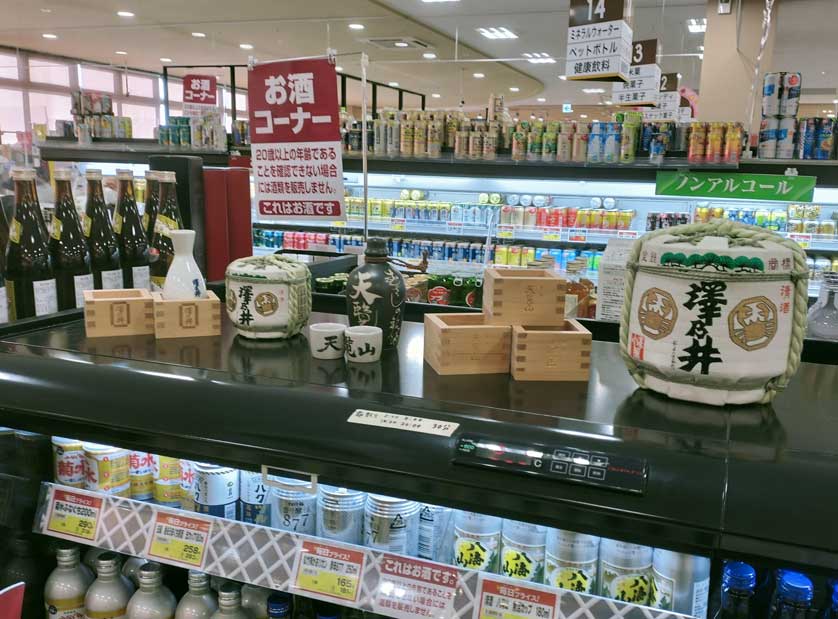 |
| Masu boxes in the sake corner of a Japanese supermarket |
Masu Today
The masu most popular today is the 1go box. Already in Edo times, they had become a serving box for sake. When served mokkiri style, the bar owner showed his generosity by serving the sake cup placed inside it overflowing.
This tradition has become deeply ingrained in Japanese culture - that is what you witness when being served a masu cup of sake in an izakaya bar.
Taking Care of the Masu
Masu are made of raw cedar or cypress wood, they, therefore, need some care to stay in good condition.
According to the experts at chibasake, wash the masu only with water, and don't use chemical detergents as they will destroy the scent of the wood. Do not leave the masu in the water for an extended period of time.
If you have to remove stains, rub the spots using baking soda or salt.
Never clean it in a dishwasher as that will dry the wood and make it vulnerable to moisture - which might result in mold.
After washing the box, wipe it with a cloth and let it air dry in a well-ventilated place. Make sure to always store the masu in a dry place away from direct sunlight.
Buy Masu from GoodsFromJapan
Drinking sake from a masu is a very unique experience. Still, you can try it in your home or with friends wherever you live. GoodsFromJapan works with traditional masu manufacturer Maruni in Gifu Prefecture, producing high-quality masu not only of the 1go sake drinking variety but also masu of many different shapes and sizes for many purposes. All are made of precious fragrant Japanese cedar or cypress wood.
Please feel free to contact us if you are interested in more detailed information on the variety of Maruni masu boxes available beyond the 1go sake drinking box.
Buy masu for your home or business from GoodsFromJapan
Screen printing and branding on the masu with your company logo or Japanese characters are also possible. Please contact us for further details. See an example below.
 |
| Design your own masu sake cup |
Related
Daruma Dolls - History & Symbolism
Ema Votive Plaques
Hand Painted Candles
Ishigaki Sea Salt
Japanese Mortar & Pestle Suribachi & Surikogi
Jinbei & Samue
Saihoji Temple
Sayama Japanese Green Tea
Shichimi Togarashi Seven Spices
Yanai Goldfish Lanterns
Yatsuhiro & Tatami
Yuzukosho Spice of Kyushu
© GoodsFromJapan

